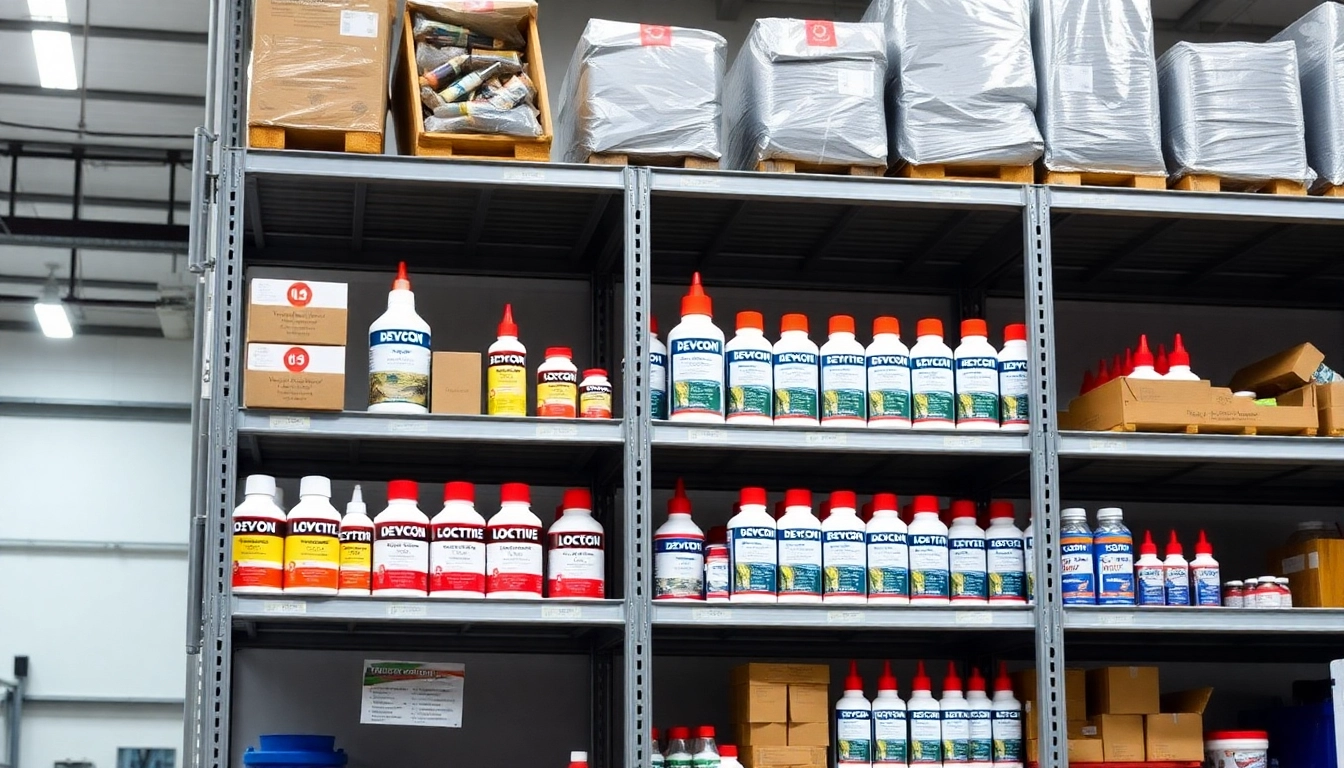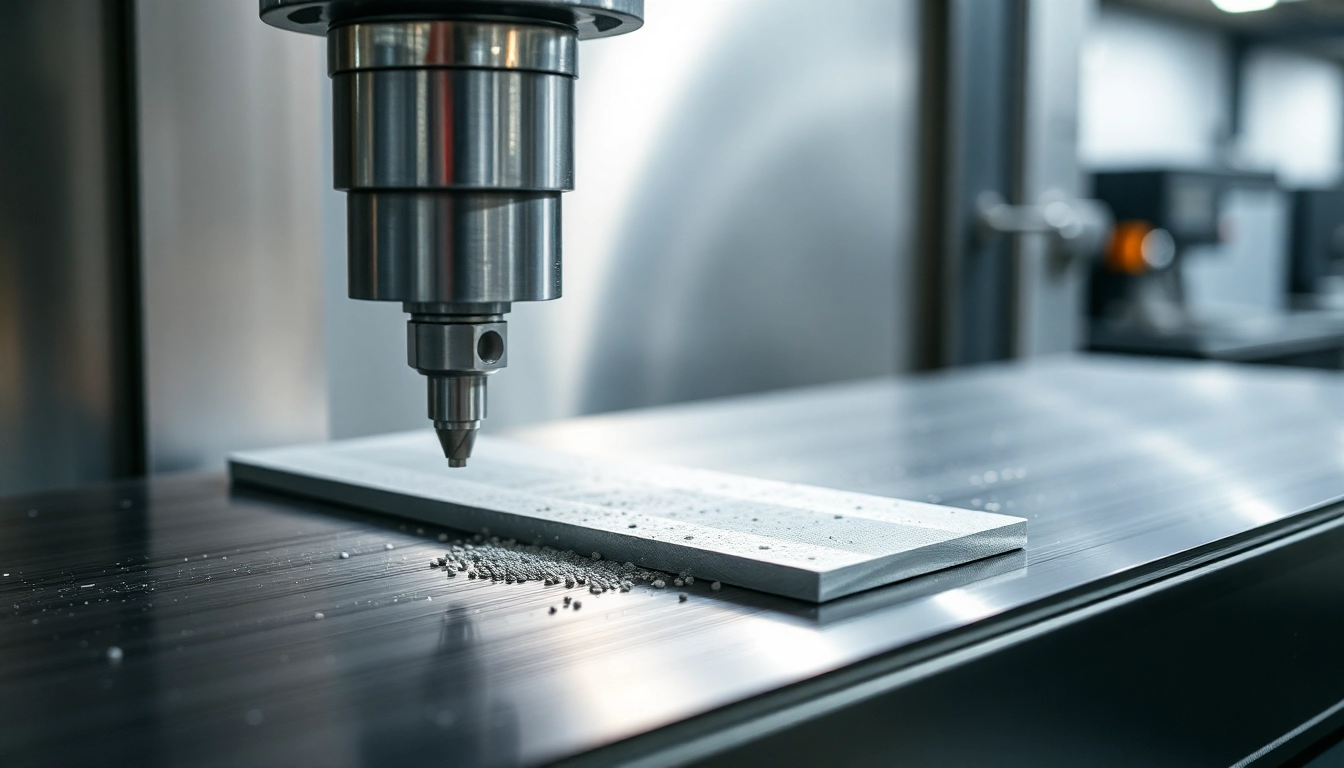Understanding Compactors and Their Applications
In the realm of construction, landscaping, and civil engineering, ground preparation is a fundamental step that significantly influences the durability and stability of built structures. Effective compaction ensures that the soil or aggregate layers beneath pavements, foundations, or landscaping features are dense, stable, and capable of supporting loads without shifting or settling over time. To facilitate this critical process, many professionals and DIY enthusiasts turn to Compactors rental, which offers a versatile range of equipment tailored to diverse project needs. This article explores the various types of compactors available for rent, their optimal applications, key factors for selection, and best practices to maximize efficiency and safety in your projects.
Types of Compactors Available for Rental
The broad spectrum of compactors available for rental caters to different ground conditions, project scales, and material types. Understanding the characteristics of each type is essential in selecting the most appropriate equipment for your specific task.
Plate Compactors (Wacker Plates)
Plate compactors, also known as wacker plates, are among the most commonly rented compacting machines. They feature a flat, heavy steel plate driven by a vibratory motor, making them ideal for compacting soil, gravel, and asphalt in confined areas. These machines come in petrol, diesel, and electric variants, with sizes ranging from compact handheld units to larger models suitable for medium-sized projects. Popular choices include models with 320mm or 400mm plates, which balance power with maneuverability.
Rammanders (Plate Rammers)
Trench rammers or plate rammers are compact, hand-held devices designed for intensive compaction in narrow trenches and tight spaces. They generate high-impact force to densify soil in trenches, pipelines, or small excavations. Their lightweight design offers excellent control and precision for applications where larger machines cannot operate effectively.
Vibrating Rollers
Vibrating rollers are larger, ride-on equipment used predominantly in roadworks and large-scale civil projects. They come with smooth or padfoot rollers, tailored for different soil types and compaction depths. These are ideal for compacting larger areas of granular soils, crushed rock, or asphalt surfaces, providing uniform densification essential for infrastructural durability.
Vibrating Plate Rollers
A hybrid of plate compactors and rollers, vibrating plate rollers are suitable for heavy-duty compaction tasks, often used in asphalt paving and base courses. They combine power and coverage capacity and are frequently rented for projects requiring high throughput and consistency.
Common Uses of Compactors in Construction Projects
Compactors play a pivotal role across various phases of construction and landscaping, ensuring foundational integrity and surface longevity. Below are some key applications:
- Road Construction: Vibrating rollers and plate compactors are essential in asphalt laying, ensuring a smooth, durable roadway surface.
- Foundation Preparation: Proper soil compaction averts future settlement issues for building foundations, pavements, and parking lots.
- Landscaping and Gardening: Compacting soil for patios, driveways, and garden beds improves stability and prevents shifting or cracking.
- Utility and Trench Work: Trench rammers are utilized to compact soil around pipelines, cables, or drainage systems within narrow trenches.
- Concrete and Asphalt Paving: Compacting fresh concrete and asphalt to achieve surface integrity and load-bearing capacity.
Proper equipment selection, based on application, ensures optimal results, reduces rework, and accelerates project timelines.
Choosing the Right Compactor for Your Site
Effective selection hinges on understanding your project’s scope, soil type, area size, and specific compaction requirements. Here are key considerations:
Assessing Soil and Material Conditions
Different soils react variably to compaction. Cohesive soils like clay require different equipment than granular soils such as gravel or sand. For instance, padfoot rollers penetrate deeper into clay soils, promoting better compaction, while smooth rollers are suitable for asphalt and granular materials.
Evaluating Project Area and Accessibility
Confined spaces or narrow trenches necessitate smaller, hand-held rammers, whereas large, open areas benefit from ride-on rollers or large plate compactors for speed and efficiency.
Considering Project Scale and Timeline
Projects demanding rapid completion might favor larger, high-capacity equipment to cover more ground in less time. Conversely, precision tasks or small-scale projects may prefer lightweight, maneuverable compactors.
Environmental and Safety Factors
Opt for equipment that minimizes environmental impact, such as electric or hybrid models, and ensure operators are trained in safe handling procedures to prevent accidents and equipment damage.
Ultimately, a detailed assessment aligning equipment capabilities with project needs ensures optimal results and cost-efficiency.
How to Optimize Your Compactors Rental Experience
Assessing Project Requirements and Equipment Needs
Prior to renting, conduct a comprehensive evaluation of your project. Measure the total area, soil type, and depth requirements. Create a detailed plan outlining timelines, access points, and specific tasks to identify the necessary equipment configurations. Consulting with rental providers or construction experts can provide additional insights, preventing undersized or oversized equipment from increasing costs or compromising quality.
Tips for Safe Operation and Handling
Proper operator training is critical. Ensure operators understand the machine’s functions, safety features, and handling techniques. Always wear suitable personal protective equipment (PPE), including ear protection, gloves, and safety boots. Maintain clear communication with team members to coordinate movement and avoid accidents in busy or confined sites. Additionally, perform pre-operation inspections, checking for leaks, loose parts, and electrical connections.
Maintaining Compactors for Longevity and Performance
Regular maintenance extends equipment lifespan and maintains operational efficiency. Simple practices such as cleaning after use, checking oil and coolant levels, and storing equipment in dry conditions help prevent breakdowns. Follow manufacturer guidelines for scheduled servicing, and address any abnormal noises or performance issues promptly. Proper handling and maintenance not only reduce downtime but also ensure reliable performance during critical project phases.
Cost-Effective Strategies for Renting Compactors
Comparing Rental Prices and Packages
Rental costs vary based on equipment type, model, rental duration, and provider policies. Conduct market research using reputable rental companies, request quotations, and compare inclusions such as delivery, pickup, and insurance. Some providers offer bundled packages with accessories like vibration plates or trench rammers, which can provide savings when multiple machines are needed.
Duration and Rental Terms to Maximize Savings
Long-term rentals often qualify for discounted rates, so plan your project timeline accordingly. Opt for flexible rental terms to avoid unnecessary charges due to project delays. Additionally, inquire about tiered pricing based on rental duration, and consider booking well in advance to secure availability and better rates.
Additional Services and Accessories to Consider
Enhance efficiency by renting optional accessories such as extension plates, damping pads, or safety barriers. Many rental providers also include technical support or on-site training, which can boost productivity and safety. Evaluate the total cost-benefit of these add-ons to ensure value and performance.
Case Studies and Real-World Examples
Successful Groundworks with Compactors Rental
For example, a landscaping company in the UK successfully utilized rented plate compactors to prepare soil before laying paving slabs across residential developments. By selecting compactors that suited the soil type and project scale, they reduced ground preparation time by 30%, resulting in faster project completion and client satisfaction. They also employed a mix of smaller handheld rammers for trench work alongside larger plate compactors for surface finishing, illustrating the importance of choosing versatile equipment.
Industry Testimonials and User Feedback
Construction managers report that renting high-quality compactors from reliable providers minimized downtime and maintenance issues. A civil engineer noted that selecting the right vibration plate significantly improved soil compaction quality, reducing subsequent repairs. Positive feedback emphasizes the importance of expert advice, proper operation, and ongoing maintenance to maximize rental investments.
Advanced Techniques for Efficient Ground Compaction
Utilizing layered compaction techniques, where soil is compacted in multiple thin layers, results in higher compaction density. Modern vibration diagnostics can monitor compaction progress in real time, allowing adjustments for optimal results. Implementing these practices, combined with the latest equipment, boosts project quality and sustainability.
Future Trends in Construction Equipment Rental
Innovations in Compacting Technology
The industry is witnessing the advent of smart compactors integrated with sensors and IoT connectivity. These models can provide real-time data on compaction quality, machine health, and operational efficiency, enabling proactive maintenance and precise control. Electric and hybrid models are increasingly replacing diesel-powered equipment, aligning with environmental sustainability goals.
Sustainable and Eco-Friendly Equipment Options
As environmental regulations tighten, rental companies are expanding their fleets with low-emission and noise-reducing compactors. Solar-powered options and machinery with energy-efficient motors are becoming mainstream, reducing carbon footprints for construction projects and landscaping endeavors.
Integrating Digital Tools for Rental Management
Digital platforms streamline the rental process, offering online booking, equipment tracking, and remote support. Augmented reality tools assist in site assessment and equipment planning, ensuring better resource allocation. These developments not only increase convenience but also enhance project planning, execution, and reporting.



